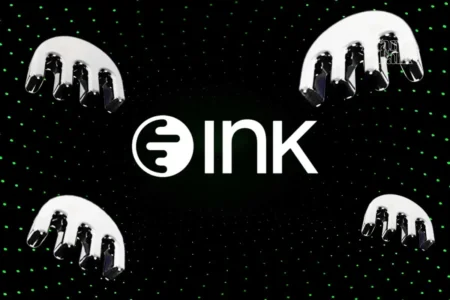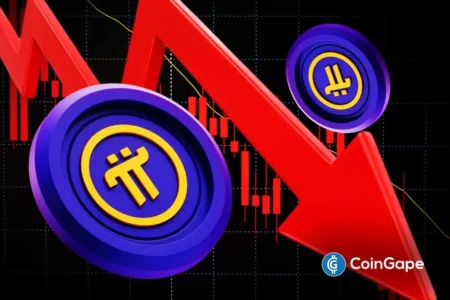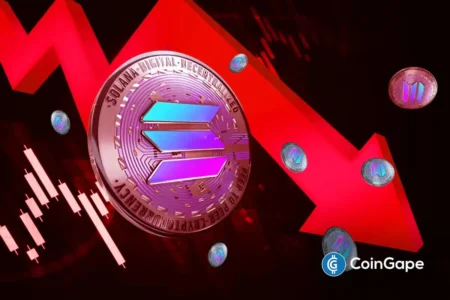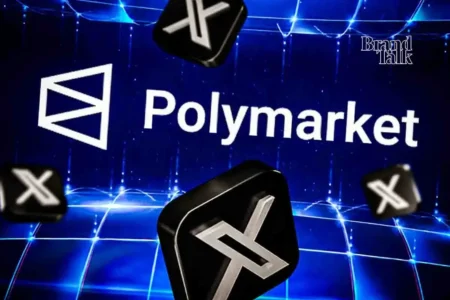XRP Ledger Launches EVM-Compatible Sidechain: A New Era for Smart Contracts
The XRP Ledger (XRPL) has achieved a significant milestone with the official launch of its long-anticipated Ethereum Virtual Machine (EVM)-compatible sidechain on June 30. This development marks a new chapter for the XRPL ecosystem, as it enables seamless integration of Ethereum-based decentralized applications (dApps) while leveraging the speed and cost-effectiveness unique to the XRP blockchain. Within the first week alone, nearly 1,400 smart contracts have been deployed, underscoring the enthusiasm from developers eager to innovate within this new environment.
Developer Excitement and Initial Outcomes
In an announcement by Paul Barron on X, the eagerness of developers is evident through the rapid deployment of smart contracts on the XRPL’s new EVM sidechain. This sidechain offers a robust alternative for developers who are looking to transition their Ethereum dApps into the XRP ecosystem. By combining Ethereum’s functionality with the XRPL’s low transaction fees and fast processing times—boasting block times of just 3.4 seconds and the ability to handle up to 1,000 transactions per second—the platform presents a compelling case for blockchain innovation.
Built by Peersyst and Ripple, the sidechain supports popular Ethereum development tools such as Solidity, MetaMask, and Hardhat, facilitating a smoother onboarding process for developers familiar with the Ethereum landscape. This flexibility coupled with the inherent advantages of the XRP Ledger presents exciting opportunities in decentralized finance (DeFi), lending, tokenization, and payment applications.
Impact on Decentralized Finance (DeFi)
The launch of the EVM-compatible sidechain goes beyond simplifying the deployment of smart contracts; it significantly expands the horizons for DeFi applications. With this cross-chain capability, developers can create dApps that utilize the functionalities of both Ethereum and XRP. This opens the door to new opportunities in finance that can harness liquidity across blockchains, ultimately enhancing the user experience and broadening the utility of digital assets.
Moreover, blockchain interoperability is increasingly critical in today’s diverse ecosystem. The XRP Ledger’s integration with Wormhole, a leading multi-chain messaging protocol, signifies Ripple’s commitment to fostering a definable cross-chain strategy. This integration positions the XRPL well within the growing market for real-world assets and cross-chain payments, bridging different blockchain networks for greater utility.
Ripple’s Commitment to Technological Advancement
Ripple’s commitment to technological innovation is underscored by the recent release of XRPL version 2.5.0, which introduces several new features in quick succession after the mainnet launch. This update not only enhances the XRPL technology but also emphasizes Ripple’s strategic direction toward making XRP more useful in everyday transactions beyond simple payments. The positive response from developers indicates a clear demand for smart contract functionalities on the XRPL.
The capabilities of the new EVM sidechain provide an improved environment for cross-chain applications, thereby attracting a growing developer community. Peersyst Technology has reflected this enthusiasm, emphasizing that the initial deployments signal the significant potential of smart contracts on the XRP Ledger.
Institutional Interest and Validator Network
The launch of the EVM sidechain has also garnered support from a robust validator network, with 25 independent companies already running nodes at inception. This early institutional backing is a strong indicator of growing trust and interest in the XRPL ecosystem as it continues to evolve. As more developers and institutions engage with the platform, the potential for innovative applications expands, leading to increased liquidity and competitiveness.
Additionally, the teammate network and institutional interest bolster confidence in the XRPL’s capacity to handle increased transaction volumes while maintaining security. With partners such as Axelar Network reporting over $100 million in daily cross-chain transactions, it becomes clear that the XRP ecosystem is entering a phase of significant liquidity influx, which can attract even more developers and investors.
The Future of XRP and the XRPL Ecosystem
The launch of the EVM-compatible sidechain on the XRP Ledger not only accelerates the development of decentralized applications but also positions XRP as a versatile asset in the blockchain space. Ripple’s ongoing efforts to foster cross-chain collaboration, combined with the inherent strengths of the XRPL, help establish XRP as a more useful digital currency for a wide range of applications, from payments to DeFi.
Looking ahead, the XRPL is set to become a crucial player in the evolving landscape of blockchain technology. With the introduction of smart contracts and enhanced cross-chain capabilities, the XRP ecosystem is well on its way to creating a versatile and efficient platform for developers and users alike. As more projects launch on the XRPL, the ripple effects of this development will likely carry significant implications for the future of finance and digital assets globally.
In summary, the official launch of the EVM-compatible sidechain on the XRP Ledger represents a pivotal moment for developers, investors, and users alike. With 1,400 smart contracts deployed within the first week and strong institutional support, the future of XRP and the XRPL ecosystem is more promising than ever.

















